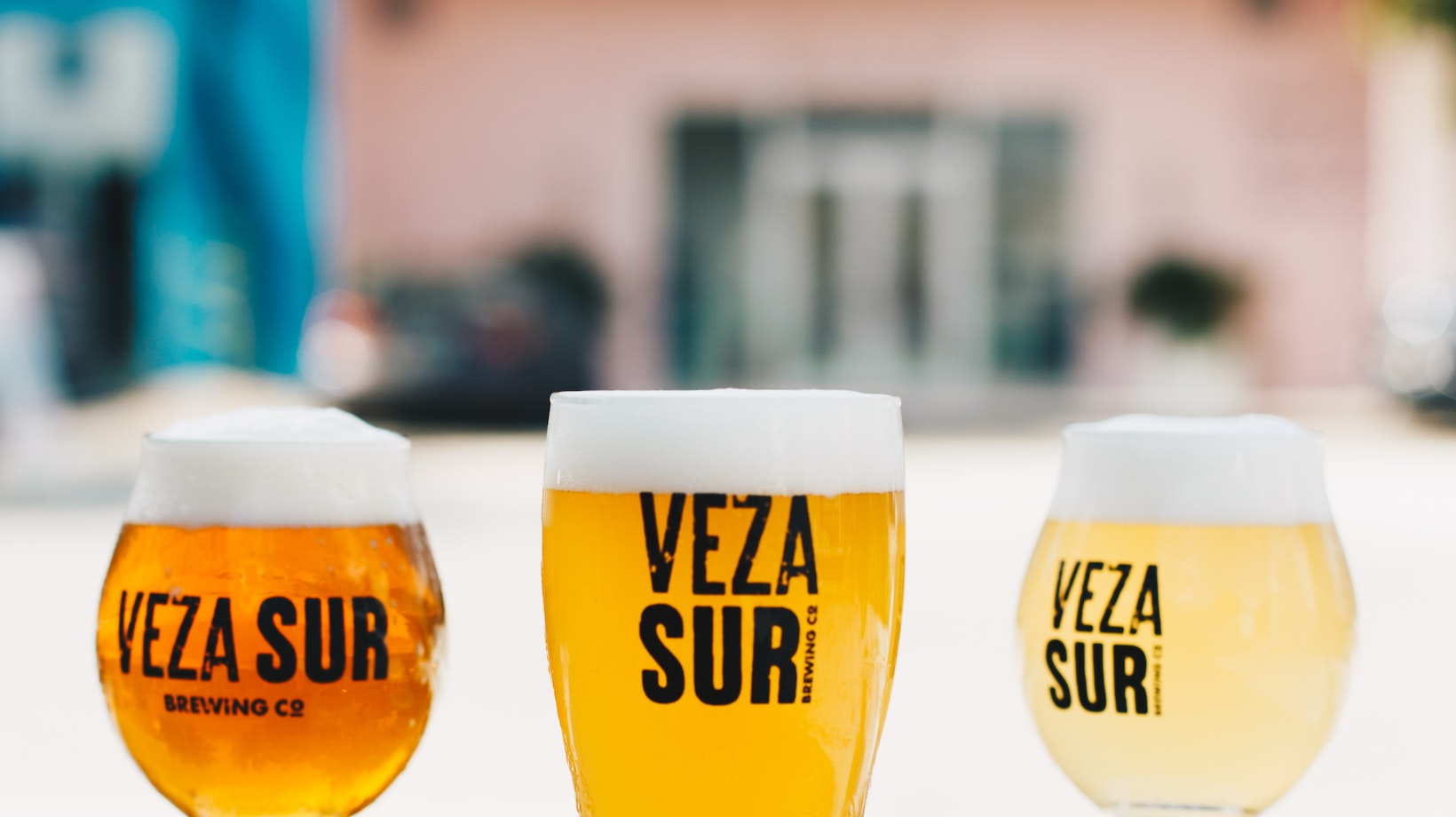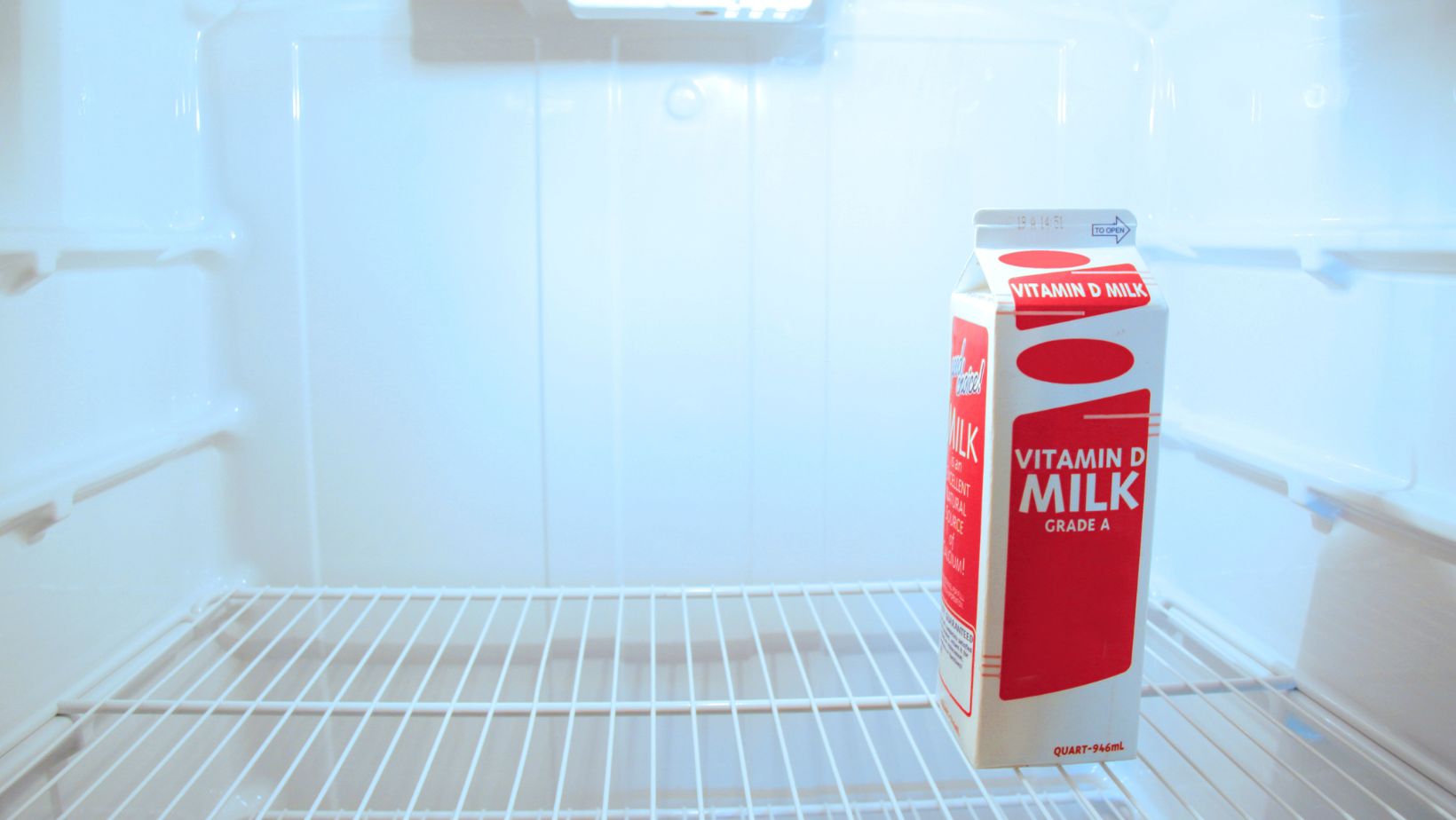Measuring Liquid Volume: How Many ml in a Beer
When it comes to enjoying a refreshing beer, it’s important to know the standard serving size. Many people wonder just how many milliliters are in a beer. Well, we’re here to clear up any confusion and provide you with the answer.
In most countries, a standard beer serving is 330 milliliters (ml). This is equivalent to about 11.2 fluid ounces or one-third of a liter. However, it’s worth noting that this can vary depending on the region and type of beer you’re drinking. Some craft beers may come in larger bottles or cans, while others may be slightly smaller.
The Standard Beer Serving Size
When it comes to enjoying a refreshing beer, many of us may not give much thought to the volume that fills our glass. However, understanding how many milliliters are in a standard beer can be helpful for various reasons, whether you’re curious about portion control or trying to calculate alcohol content.
In general, the volume of a standard beer can vary depending on where you are in the world. For instance, in the United States and Canada, most beers are typically served in 12-fluid ounce (355 milliliters) cans or bottles. This is equivalent to roughly one-third of a liter and provides an easy-to-enjoy serving size.
However, it’s important to note that different countries may have their own definitions of what constitutes a “standard” beer. In some European countries like Germany and Belgium, for example, it’s common to find beers served in larger volumes such as half-liters (500 milliliters) or even full liters (1,000 milliliters). These larger servings cater to those who prefer a more generous pour and enjoy savoring their brew over an extended period.
It’s worth mentioning that craft breweries have also popularized different container sizes for their beers. You might come across cans or bottles ranging from 16 ounces (473 milliliters) all the way up to 22 ounces (650 milliliters), providing unique drinking experiences for enthusiasts seeking variety and innovation.
Ultimately, whether you’re holding a traditional 12-ounce bottle or indulging in an oversized pint glass at your favorite pub, being aware of the approximate volume will help you gauge your consumption responsibly and appreciate the craftsmanship behind each sip.
How Many ml in a Beer
When it comes to beer, there is a wide range of sizes available to suit every drinker’s preference and occasion. From the standard pint to small tasting glasses, each size offers a unique experience. Let’s explore the different sizes of beers:
- Pint (16 ounces or 473 ml): The pint is perhaps the most well-known and widely consumed size of beer. It’s commonly served in bars and restaurants, and it provides an ample amount for enjoying your favorite brew.
- Half-pint (8 ounces or 237 ml): For those who prefer a smaller serving or want to sample multiple beers in one sitting, the half-pint is an excellent choice. It allows you to savor the flavors without committing to a full-sized drink.
- Bottle (12 ounces or 355 ml): Bottled beers are popular among both casual drinkers and enthusiasts alike. They offer convenience and portability, making them ideal for social gatherings or enjoying at home.
- Can (12 ounces or 355 ml): Canned beers have gained popularity in recent years due to their durability and ease of recycling. They are often preferred for outdoor events like picnics, concerts, and sports games.
- Craft Beer Variations: Craft breweries often package their beers in unique bottle sizes ranging from 330 ml to 750 ml (11-25 ounces). These smaller bottles allow brewers to experiment with different flavors while providing consumers with more options.
It’s worth noting that beer sizes can vary across countries, regions, and even specific breweries. This diversity adds excitement when exploring new brews from around the world.
Remember to enjoy responsibly regardless of the size you choose! Cheers!






